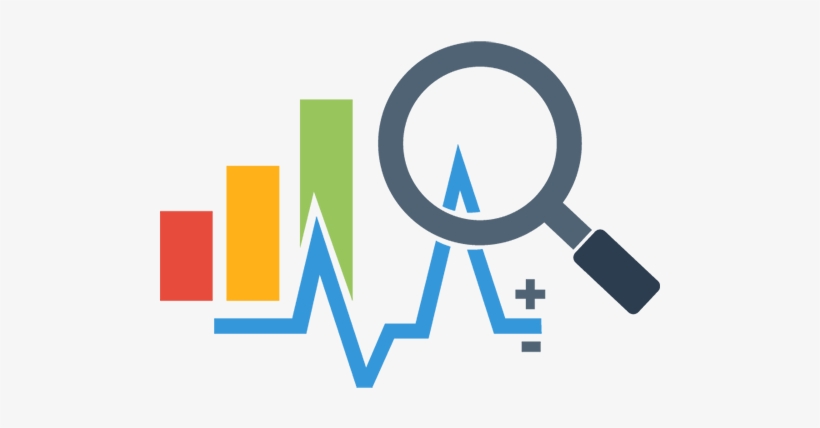Data is
all around us, there is no hiding from it. From the basics such as customer
information, names, addresses and contact details to the more complex monthly
accounts, customer orders and website data, it can all be used to shape your
business by identifying the best avenues to explore – ones that you might not
previously have considered before analysing your business data.
Measuring
the data that your business has access to can also help to streamline your
business, its production and how every department operates. In production
departments, items such as machine time versus output, machine downtime versus
costs etcetera can be monitored, with the resulting data giving you a real
understanding as to whether your business is operating efficiently.
Data
doesn’t necessarily have to be raw numbers either: it can be qualitative, which
can add just as much value to your business. Opinions and attitudes can be
analysed not only to develop your business internally, but also to provide
great insight into what your customers think of your services and products,
which you can then use to help train your staff and review your business’s
various operations.

There are
several software packages designed for garment decorators that allow you to
measure not only the basics, such as names and addresses, but also what
customers have bought, what items they’ve clicked, where they saw your business
advertised and so on.
The
obvious way to use this data is to keep in touch with your customers through
marketing campaigns. By having extra data at your fingertips about their clicks
and buying habits, you’ll be able to further tailor your campaigns, which
should improve engagement rates (again, data collection here is invaluable –
want to know which one of two email subject lines will lead to a higher open
rate? Test one subject line on 20 customers then the other subject line on
another 20 customers. Whichever one scores the highest open rate can then be
used for the remaining mail out. Simple).
Check how
your website is functioning by looking beyond the visitor numbers: when are
customers visiting, what pages are they looking at, what ones are they
ignoring, where are they coming from, how long are they staying? All this can
be used to check your site is working for your business.
You can
also take a close look at what’s happening on the purchasing side: when are
customers are ordering, what they are ordering and how frequently they are
ordering? Use the information to work out when best to hold promotions that
will get people visiting during the quiet times – plug the gaps and maximise
your sales.
Remember,
however, to play by the rules. There is a whole host of data guidelines and
regulations out there, with the obvious one being the data protection act.
You must
give your customers all the options available for opting in/opting
out/unsubscribing, along with mentioning they may be contacted in the future
for marketing purposes. Most customers won’t mind you using their data to
contact them to promote your business or products, but playing by the rules
will protect your business.
One last thought
Managing your data is vital. First and foremost,
make sure all the data you’ve collected is secure. It also has to be accurate,
relevant and up to date to be of any significant value to your business –
ongoing data collection is an essential part of any business strategy.